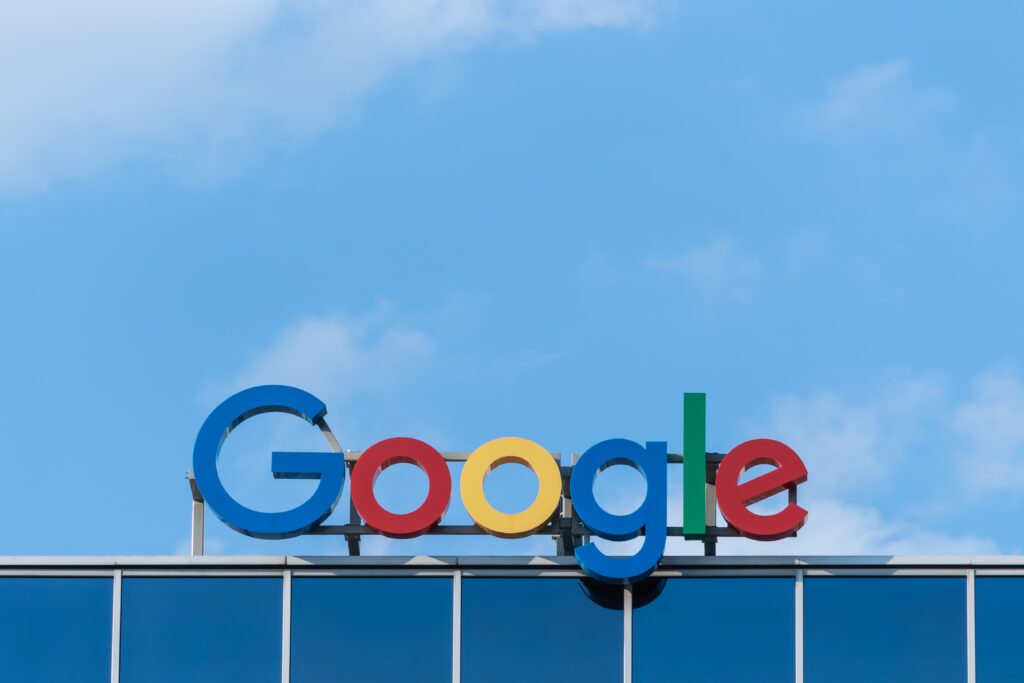Any website that is subject to a Google penalty may suffer greatly. Your earnings may plummet if there is a significant overnight decline in traffic. Additionally, it might take a while and be challenging to recover from a penalty. It’s crucial to comprehend what Google penalties are, why they occur, and how to prevent getting hit or get back up if you do.
What Penalties Exist on Google?
When a website violates Google’s webmaster guidelines, Google may degrade it or remove it from search results. These measures are referred to as “Google penalties.” There are numerous varieties of penalties.
Manual Actions:- Penalties that Google imposes manually when a human reviewer finds that a website has broken rules are known as manual actions. Examples include purchasing or selling links, weak or low-quality material, and spamming backlinks.
Algorithmic Penalties – These are automatically imposed by
Google’s algorithms in response to questionable trends, such as abrupt spikes in low-quality linkages or flimsy affiliate material. Updates for Panda and Penguin are two updates.
Removal from Index – In extreme circumstances, Google may exclude some or all of a website’s pages from its index, significantly reducing exposure. This frequently occurs on websites with serious quality problems or in spam networks.
Google penalties can profoundly impact search visibility and traffic, leading to:
>> Decline in ranking for significant keywords.
>> Less people are using search engines to find your website.
>> A decline in the number of visitors from organic search.
>> Loss of conversions and potential clients.
>> Reduction in sales or advertising revenue.
It takes time and experience to find problems, implement the adjustments Google requests, and use best practices in order to rebuild trust and rankings.
Google penalties can profoundly impact search visibility and traffic, leading to:
>> Purchasing or selling links or taking part in networks that do so.
>> Having an excessive number of thin, auto-generated, duplicated, or low-quality information.
>> Unexpected rises in low-quality connections from dubious sources.
>> Malware, covert redirects, cloaking, and other methods to rig. search results and deliver subpar user experiences.
>> Breaking the webmaster quality requirements set forth by Google in numerous ways.
If a Google penalty is applied to your website, follow these crucial steps:
>> Determine the infraction and particular penalty by looking through Google Search Console logs, performing a manual examination, and consulting with SEO specialists. Determining the underlying reason is crucial.
>> Eliminate any manipulative sources, poor content, and broken links. Post fresh material that complies with Google’s quality standards.
>> Use Search Console to submit requests for reconsideration. Use any correspondence from Google to show that infractions have been eliminated and that changes have been made.
>> Maintain the site’s quality, functionality, security, and user-value enhancements. Employ trustworthy websites for ethical link-building.
>> Be patient and keep an eye on the progress in the Search Console. Google penalties might take months to get over. Consistent, high-quality effort is key.
It is far simpler to prevent Google penalties in the first place than it is to try to raise your ranking after the fact. However, with time, knowledge, perseverance, and implementing Google-requested adjustments, even penalized websites can recover their traffic and rankings.


